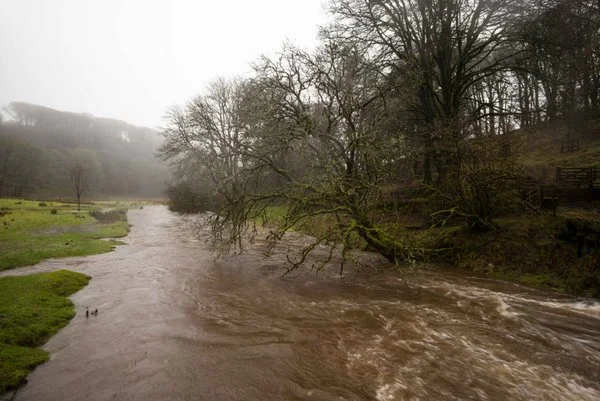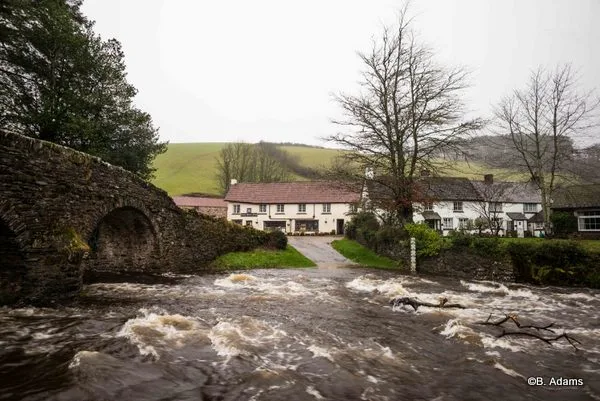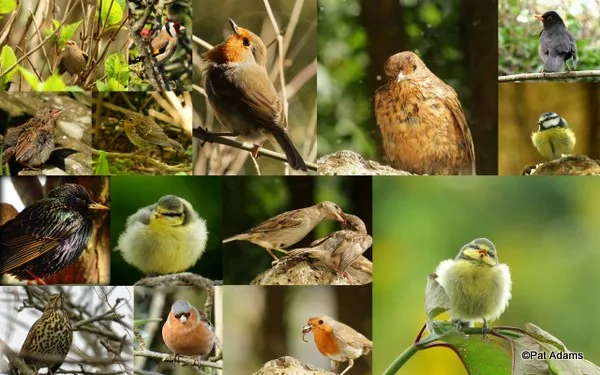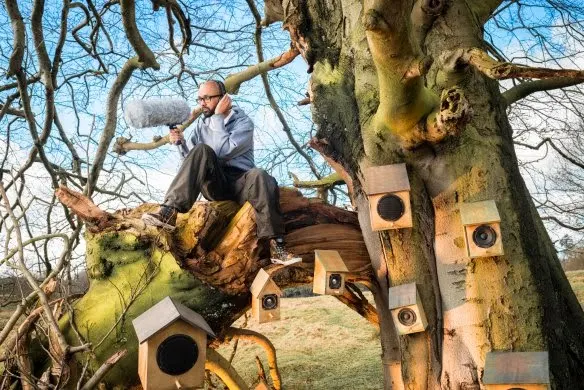New resolutions and revolutions as the circle of life begins
for another year in my North Devon Coast and Chronicle. It’s a fairly damp
start but I have already seen Snowdrops rising, Pussy Willow and even a
Daffodil and Marsh Marigold in bloom and to brighten the gloom a Song Thrush
rested a while in the Apple tree today.
The garden birds have been darting and
dashing to and fro, a female Blackbird was singing atop the hedgerow yesterday
and there was a cacophony coming from the privet in the front garden, a
permanent roost for our local Sparrows. In addition to our regular visitors I
was thrilled to see my first Firecrest and a Nuthatch.
A bonny male Bullfinch
brought New Year greetings on the 1st January 2016. Had to rescue a
wee mouse from a wee house after he got himself trapped behind a suet ball in
the bird feeder. February saw a couple of Red-legged Partridge on the field, it
was, though, a good idea for the rest of the birds to take shelter as Henry and
Imogen stormed in with eighty miles an hour winds. On 15th March
Philip the Pheasant took up residence in the garden, returning each day for a
drink of water. His mate Phyllis then did a recky of the site, supposedly to
see if he’d chosen a decent spot for nesting.
Marvin, the amorous Blue Tit
returned to do his soulful dance on 5th April. It was wonderful to see
the return of the Swallows on the 23rd and to catch sight of Mrs
Tiggy and her little one at the front door at the end of April, there was also
hale and snow flurries at that time so I hope they hadn’t come out too
early. We also welcomed a new “friend”
in April a very cocky Spring Chicken who scurried about, pecking away in the
front garden for a few days. I got up early at the end of April to listen and
record the Dawn Chorus. Not quite as tuneful as I’d hoped but that’s nature for
you.
I was sitting quietly in the back garden at the beginning of May when a very noisy big
yellow bird suddenly rose up from behind the hedgerow. Reminded me of watching
Airwolf. It was in fact the “Linesman for the County”. I think we made a
connection. Later on about 200 crows descended on the newly harvested
field.
Also had some magic moments while
out walking, I watched as a deer galloped through the Bluebell woods at
“Hart”land Abbey, and, as well as hearing the Skylarks as they hovered above us
on Northam Burrows, I also finally got a
decent pic. Heard the screaming Swifts aloft in July and the 3rd
brood of fledgling Sparrows emerged in my garden.
I said farewell to the House
Martins and Swallows as they gathered on the wire mid-August. October had a
close encounter with a Servil at Tamar Otter Sanctuary, watched a Dipper
dancing across the stones on Exmoor’s River Barle and recorded an Egret a
Cormorant and a Heron down the beach at Sandymere. November took pics of inanimate but lifelike
big birds and other critters at the Rosemoor Garden’s Winter Sculpture
Exhibition in Torrington. Returned in December to walk off all that Xmas fayre and
recorded two Redwings.
New Year’s Eve day enjoyed a bracing walk and watched
the teeny Sanderlings tripping the light fantastic across the sand and surf at
Westward Ho! Today (1st January 2017) the soggy damp day was brightened by the return of the Song
Thrush in the Apple tree, hopefully he is now a regular.
There were some
out of this world sunsets, sunrises and super moons in 2016 including a
Strawberry Moon on the longest day, the 20th June. I spotted an amazing low-lying red moon out my
window at 4.30am on the 8th July. There was a Harvest Moon on the 17th
September, got shots of the Supermoon (Hunters Moon) on the 15th, 16th
and 17th October and finally there was another Supermoon on 14
November and again on 14 December! Also out of this world was Major Tim Peake,
the first British Astronaut to walk in space. He made his historic Space Walk
Live on the 15th January 2016. What an eventful year, round and
around, resolutions and revolutions, looking forward to an EVENTful 2017 in North Devon, hope you are too. (Article P. Adams 1st January 2017)
P.S The RSPB Big Garden Birdwatch is from 28th-30th January this year.
Tap here to Sign Up for the Big Garden Birdwatch 2017
👀👀
👀 👀
My Big Garden Birdwatch 30th/31st Januaary 2016
3 Blackbirds 2M 1F - 6 Blue Tits
2 Doves - 3 Chaffinch 2M 1F
1Sparrow - 2 Robin
2 Starlings - 1 Willow Tit - 1 Wood Pigeon
Queens Birthday Honours 2016.
Major Peake, The UK's first
official astronaut, was on the International Space Station when he received the
news he would become a Companion of the Order of St Michael and St George for
services to space research and scientific education. Wikepedia Stub - Tim Peake
Wikepedia Stub - Airwolf . An 80s action-espionage television series with Stringfellow Hawke, a pilot who has to retrieve
the helicopter named
Airwolf from the hands of its creator Dr. Moffet with the help from his
friends, while going through a series of adventures.








